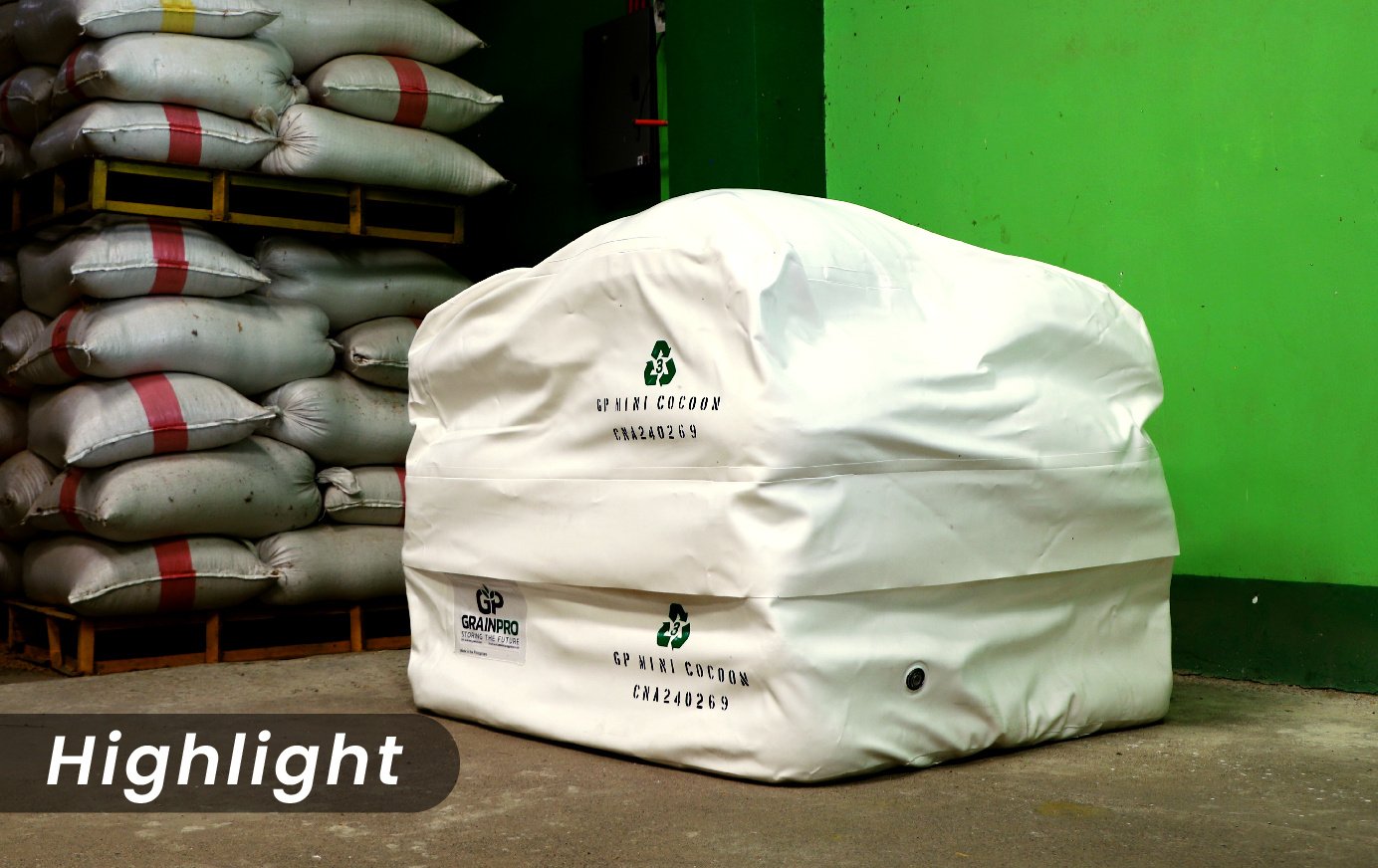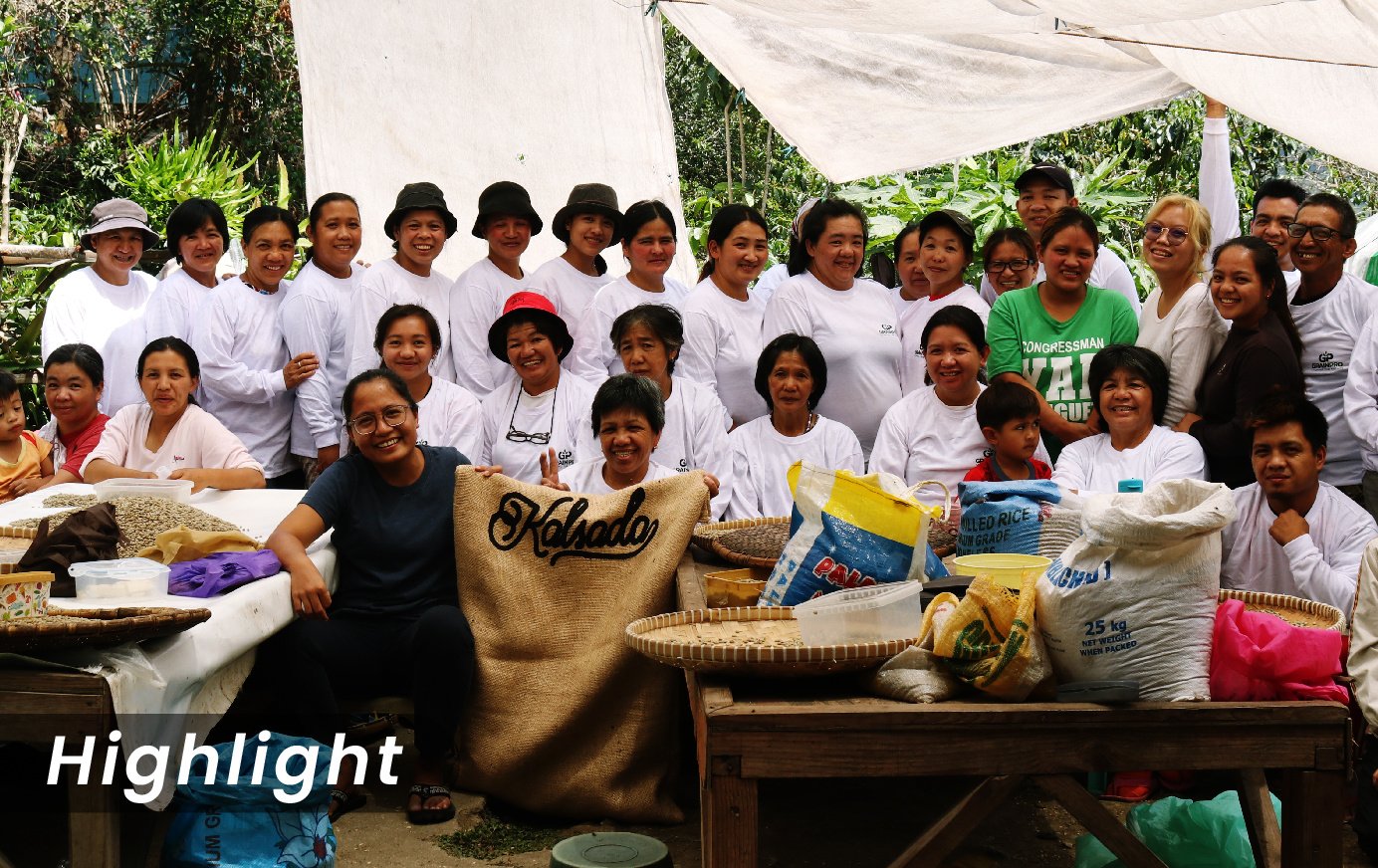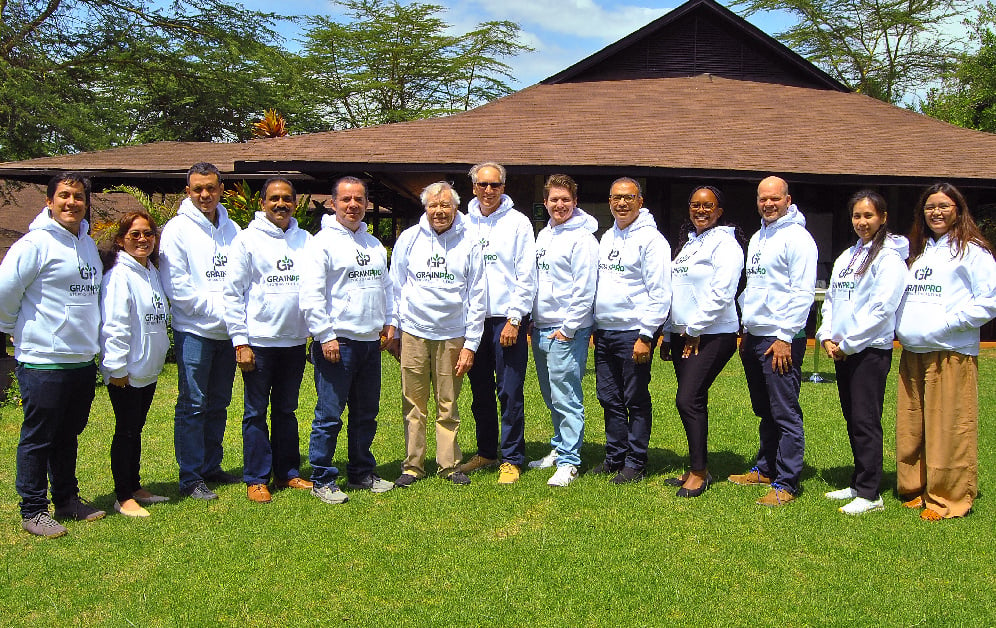Understanding Post-Harvest Management: Importance, Challenges, And Solutions
Defining Post-Harvest Management
Post-harvest management is a system of handling, storing, and transporting agricultural commodities after harvest. For some commodities such as coffee and cocoa, post-harvest activities may include drying and fermenting as well. The importance of post-harvest management has been established over the years—it strengthens the action chain that produces, transports, and processes food and all other related products that give sustenance to the world population.
Moreover, post-harvest management allows the effective planning of how to sustainably manage finite resources for the future. In other words, through effective post-harvest management, action can be done now so that the environment can sustain future generations.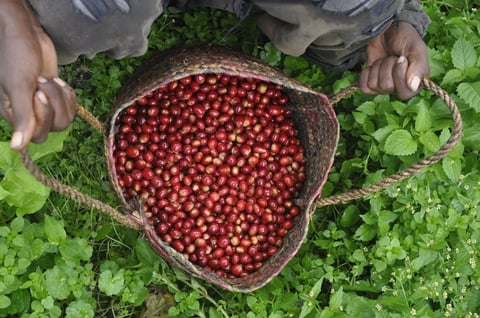
During the post-harvest period, handlers and producers focus on preserving quality, quantity, and the safety of the commodities. For coffee and cocoa producers and traders, maintaining the integrity of the beans is important because it directly affects the price of the commodity. This means having to ensure that moisture, contaminants, and insects will not affect the quality of the commodities.
Related: Importance of Moisture Content in Coffee Processing
While extremely important, post-harvest management can be a difficult task for smallholder farmers in many parts of the world as compared to industrial-scale agriculturists. Smallholders usually work with limited resources like manpower, financing, inputs, and others. Though challenging, small-scale agriculture is seen as more sustainable since it puts less pressure on the environment.
Related: Small-Scale Agriculture: Supporting Smallholder Farmers
However, this is not to say that industrial agriculture is a negative activity. When done right, industrial agriculture and industrial post-harvest management have the potential to become game-changers when it comes to resolving issues such as ending world hunger and achieving food safety.
Challenges in Post-Harvest Management
Challenges for producers, traders, and handlers are always present. Here are some of the factors that can affect post-harvest management:
Agricultural inputs and structures are hard to obtain. The lack of infrastructure, proper knowledge, and the right technology can hugely affect yield and, resulting from this, income. Investments on seeds, fertilizers, and other important pre-harvest inputs can go to waste if post-harvest handling is not done properly.
For smallholder farmers, the lack of financial support can break their livelihood. A single year’s poor harvest can amount to a loss of decades’ worth of savings. This can be avoided by placing secure and reliable post-harvest systems. Financial support from both non-government organizations and government bodies can also give the difference needed by these farmers to have a successful, sustainable operation.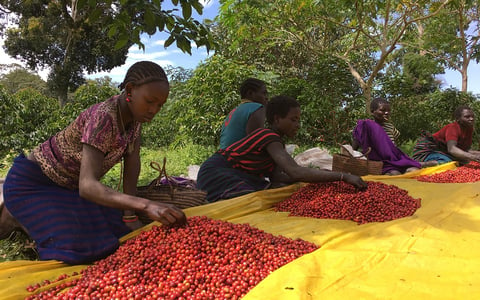
Gender inequalities also play a role in agricultural challenges. Women farmers are often given less assistance and opportunities than what they actually need. Land ownership, as well as access to education, financial assistance, additional labor force, and infrastructure, are all challenges to the operation and livelihood of women farmers worldwide.
Read more: Empowered: Giving way to the rise of women farmers
Changing technology is a big factor for post-harvest management as well. International standards for fumigation, for example, has been drastically changed due to concerns such as overuse of toxic chemicals. These shifts in technology can be difficult for producers, handlers, and traders to keep up with, especially when tied with a lack of financial support.
Another enormous challenge that the agricultural sector is facing is climate change. Adapting to the changes in weather and being prepared for natural disasters such as drought, flash floods, hurricanes, and many more can be difficult.
Effects of Post-Harvest Management
Mismanagement during the post-harvest season can have serious effects. Post-harvest losses occur in large-scale, with almost a third of the world’s food going to loss or waste. In Sub-saharan Africa alone, more than 333 million people were affected by food insecurity in 2016, according to World Hunger Organization.
At the same time, post-harvest loss greatly affects farmers’ incomes. Losing a portion of their yield and the degrading quality of their commodities translates to a loss of their income. This further aggravates the impoverished status of these smallholder farmers, creating difficulties in funding their livelihood as well as in providing for their families’ daily needs.
Read more: Controlling aflatoxins through improved post-harvest practices
Another ill-effect of mismanagement during this stage in the agri-process is that commodities may get contaminated by debris, insects, and even mold. Such contaminants can endanger those who consume commodities, especially when substances such as aflatoxin and ochratoxin become present.
Importance of Post-Harvest Management
Proper management of post-harvest systems can serve as a major help in resolving various social and economic issues. A significant decrease in post-harvest loss can alleviate food insecurity all over the world. Simultaneously, food safety can be ensured by protecting commodities from mold growth and contamination. This will result in better health and empower small communities, which can, in turn, alleviate poverty.
Related: Reducing health risks by preventing mold growth
An increase in profits of farmers, traders, and handlers will also be seen once post-harvest loss is addressed. Through better facilities, technologies, and techniques, quality can be preserved and farmers, traders, and handlers can sell their commodities at higher prices. At the same time, loss in yield will no longer occur so more can be sold.
Read more: To a sustainable future: Benefits of reducing post-harvest food loss
Having a climate-resilient and sustainable post-harvest management system can also greatly add to the success of the agricultural sector.
Solutions and Innovations of Post-Harvest Management
%20(1).jpg?width=480&name=combine-harvester-and-tractor-harvesting-wheat-2021-11-17-02-18-59-utc%20(2)%20(1).jpg)
Having known the importance of post-harvest management, it is also essential to learn the ways to implement better handling processes, and eventually, achieve a more sustainable world. Thanks to new ideas and solutions, reducing world hunger and creating safer food choices is no longer impossible. Now, technology and innovative techniques are helping workers in the agricultural sector bring down post-harvest losses.
One such post-harvest approach is the use of hermetic technology. This simple yet remarkable practice can be used to control insect infestation, protect quality, preserve quantity, and ensure food safety.
Closely monitoring commodities while in storage can also greatly aid in making sure that they are protected. With wireless sensing and remote monitoring, farmers, traders, and handlers can ensure that real-time protection is given.
GrainPro’s Ultra Hermetic solutions can be the perfect approach to creating a great and sustainable post-harvest system.

